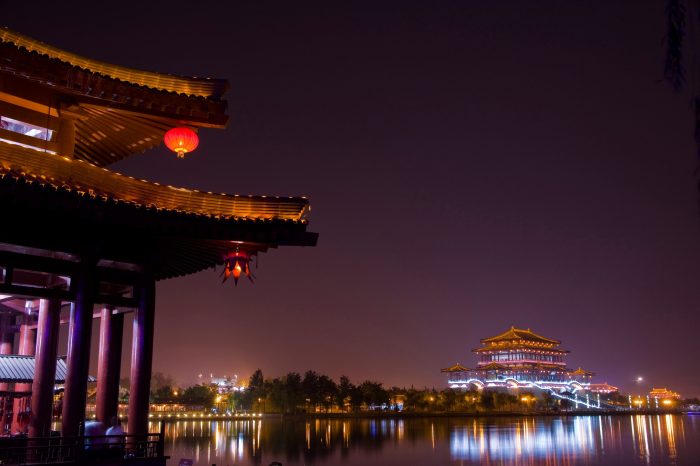More Information
[email protected]
+86 28 8503 0959
Mon - Fri 9.00 - 18.00
Lhasa to Kashgar with Tibet highlights, EBC and Mt. Kailash via G219
Day 1 Arrival in Lhasa (3658m)
Pick up from airport and transfer to hotel.
Day 2 Lhasa (3658m)
Potola Palace: was the residence of the Dalai Lama until the 14th Dalai Lama fled to India during the 1959 Tibetan uprising. It is now a museum and World Heritage Site.
Norbulingka: It served as the traditional summer residence of the successive Dalai Lamas from the 1780s up until the 14th Dalai Lama’s exile in 1959. Part of the “Historic Ensemble of the Potala Palace”, Norbulingka is recognized as a UNESCO World Heritage Site, and was added as an extension of this Historic Ensemble in 2001.
Barkhor Street: The Barkor is a popular devotional circumambulation for pilgrims and locals. The walk was about one kilometre long and encircled the entire Jokhang, the former seat of the State Oracle in Lhasa called the Muru Nyingba Monastery, and a number of nobles’ houses including Tromzikhang and Jamkhang.
Jokang Temple: consider this temple as the most sacred and important temple in Tibet. The temple is currently maintained by the Gelug school, but they accept worshipers from all sects of Buddhism. The temple’s architectural style is a mixture of Indian vihara design, Tibetan and Nepalese design.
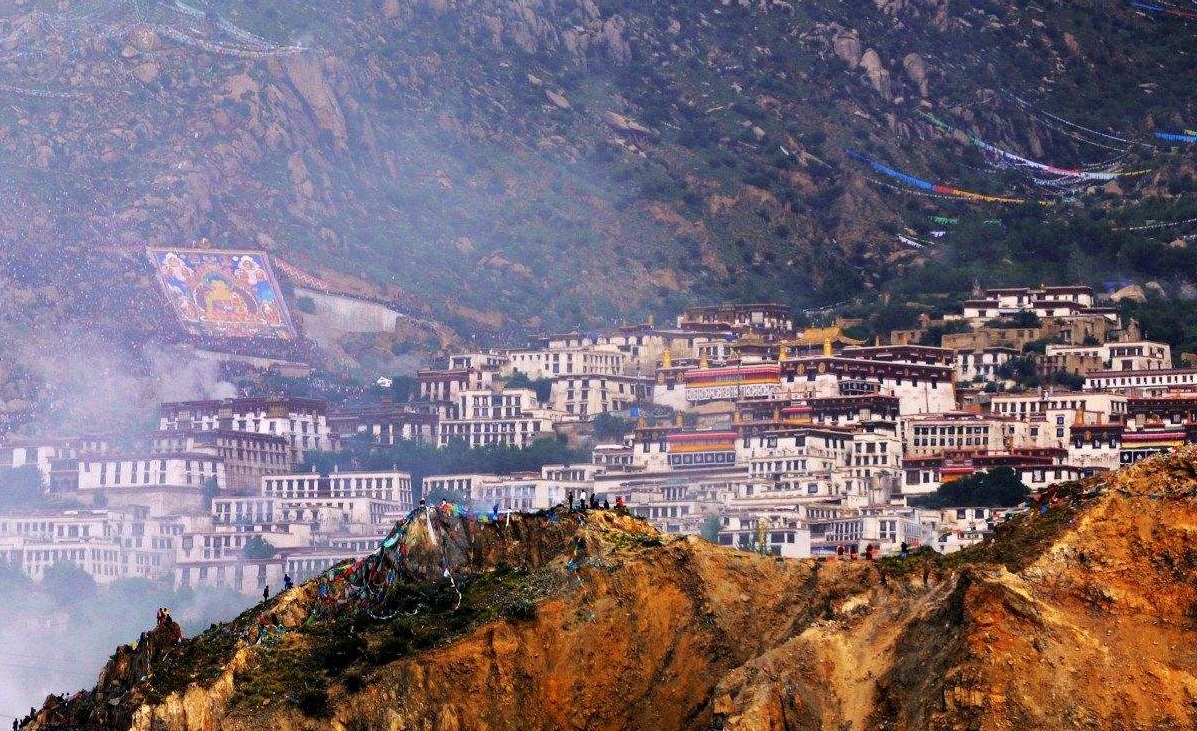
Day 3 Lhasa (3658m)
Drepug Monastery: founded in 1416. At one time Drepung had over 10,000 monks, making it the largest monastery in the world.
Sera Monestary: The origin of its name is attributed to a fact that the site where the monastery was built was surrounded by wild roses in bloom. The original Sera Monastery is responsible for some 19 hermitages, including four nunneries, which are all located in the foot hills north of Lhasa.
Day 4 Lhasa – Shigatse (3836m,264km)
Yamdrok Yutso: Yamdrok Lake is one of four particularly holy lakes, thought to be divinatory; everyone from the Dalai Lama to local villagers makes pilgrimages there. It is considered sacred as one of the four “Great Wrathful Lakes” guarded by the goddess Dorje Gegkyi Tso.
Tashihunpo Monestery: founded in 1447 by the 1st Dalai Lama, is a historic and culturally important monastery in Shigatse, the second-largest city in Tibet.
Day 5 Shigatse – Shelkar (4300m,238km)
Drive to Ngamring County which is a dramatic barren area and sometimes referred to as the gateway to Mt. Kailash and far-western Tibet.
Day 6 Shelkar – Everest Base Camp (5200m,118km)
Heading south along the Friendship Highway towards Mt. Everest Base Camp via Rongbuk.
Supplies are shipped to the South Base Camp by sherpas or porters, and with the help of animals, usually yaks. The North Base Camp has vehicle access (at least in the summer months). Climbers typically rest at base camp for several days for acclimatization to reduce the risks and severity of altitude sickness.
Day 7 Everest Base Camp – Rongphu (5000m, 8km)
Today we’ll have time to make the walk (approx 2hrs each way) to Everest base camp (EBC) to have a look around. Weather permitting there are some extraordinary views to be had of Everest’s north face.
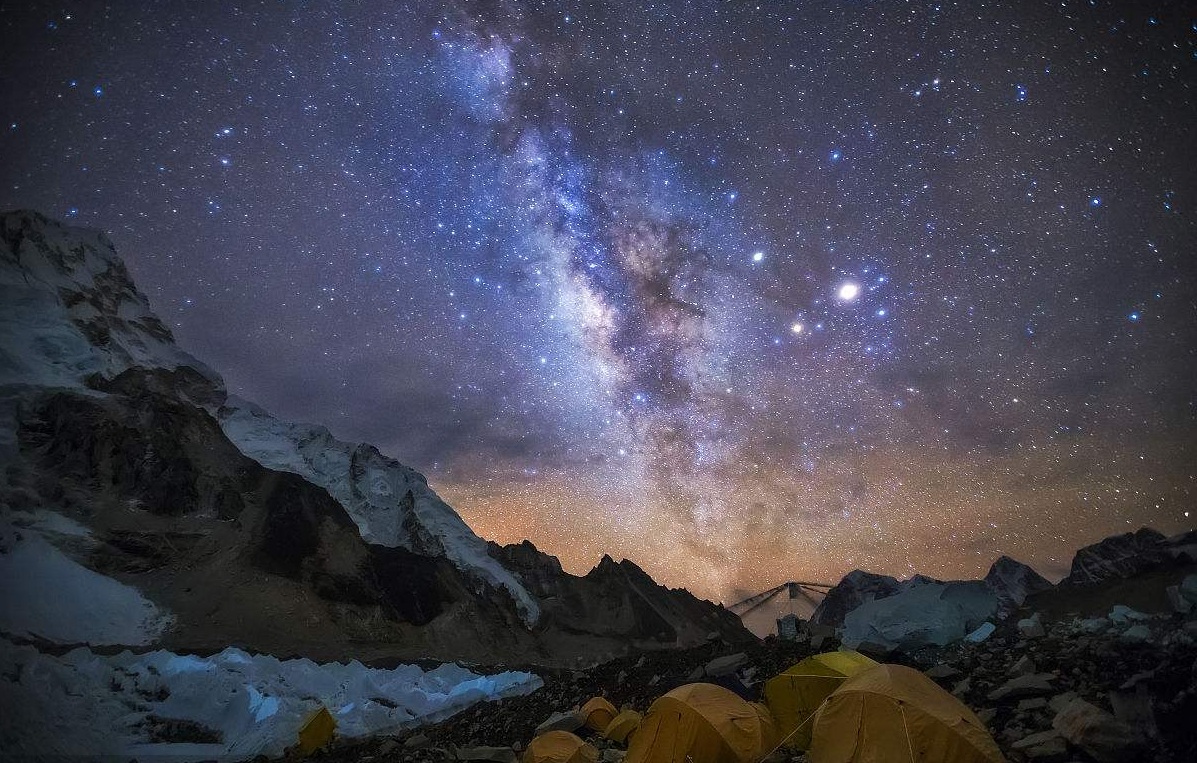
Day 8 Rongphu – Pekhutso Lake – Saga (4500m, 322km)
Pekhutso Lake
Day 9 Saga – Manasarovar (4600m, 430km)
Yarlung Tsangpo: The part Tsangpo probably originates from the fact that the river flows from or through Tsang- encompassing the part of Tibet west of Lhasa.
Lake Manasarover: is a high altitude freshwater lake fed by the Kailash Glaciers near Mount Kailash in the Tibet Autonomous Region of China. The lake is revered a sacred place in four religions: Hinduism, Bön, Buddhism and Jainism
Day 10 Manasarover Lake – Darchen (4560m, 50km)
Chui Gompa: A gompa is a meditation room where practitioners meditate and listen to teachings.
Day 11 Mount Kailash (5700m)
Kailash: A rare opportunity to undertake the Mt. Kailash circumambulation. This extraordinary mountain is regarded as the heart of the world by Buddhists, Hindus, Jains and followers of other spiritual traditions.
Hiking on Kailash.
Day 12 Kailash (5700m)
Hiking on Kailash.
Day 13 Kailash – Tsadapuri Hot Spring (345km, 3700m)
After completing the final stretch of our kora we return to Darchen for a celebratory lunch. We will then drive to Tsadapuri Hot Springs where we visit the monastery complex at Tsadapuri.
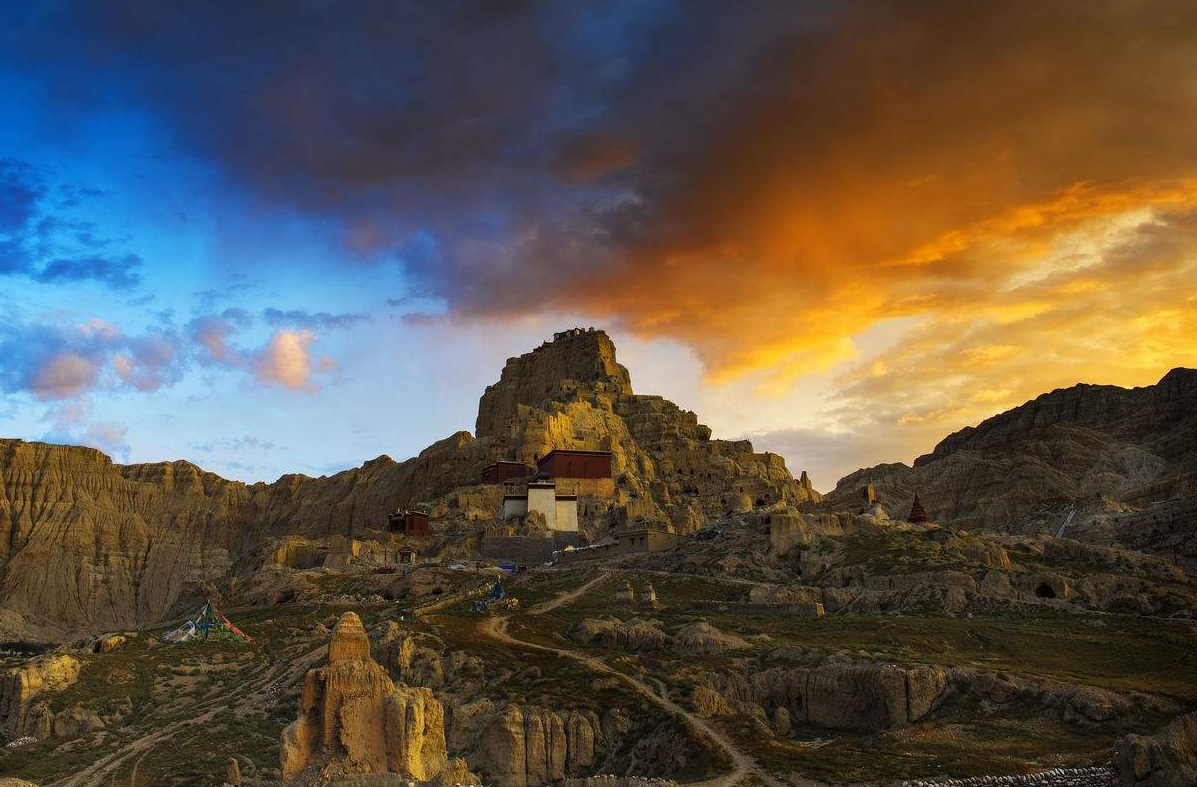
Day 14 Tsadapuri
Visit Monastery and stupa in Toling: the Tholing Monastery, established in 997 AD, is in the suburbs of the town, in the Grand canyon of the Langchen Tsangpo (Sutlej River). Historically, this was an important monastery; the second dissemination of Buddhism in Tibet emanated from it.
Day 15 Tsadapuri – Zanda( Guge ) (18km, 4200m)
Guge Ruins: Guge was founded in the 10th century. Its capitals were located at Tholing and Tsaparang. Nyi ma mgon, a great-grandson of Langdarma, the last monarch of the Tibetan Empire, left insecure conditions in Ü-Tsang in 910. He established a kingdom in Ngari (West Tibet) in or after 912 and annexed Puhrang and Guge. He established his capital in Guge.
Day 16 Zanda – Shiquanhe (Ali) (266km, 4300m)
The route from Tsada runs almost to the Indian border as we follow the upper most head waters of the Indus. The journey here to Ali is long but rewarding. This is the last stop before heading into the wilds of Western Tibet.
Day 17 Ali – Duoma (226km,4300m)
Shiquanhe is a long and narrow town surrounded by Mt. Gangdise and Mt. Kunlun.
We will pass some salt lakes today.
Day 18 Duoma – Da Hong Liu Tan (345km, 4200m)
In this wilderness now our journey follows a plateau of over 5000m with views of the Kunlun mountains.
Day 19 Da Hong Liu Tan – Yechen (490km, 1100m)
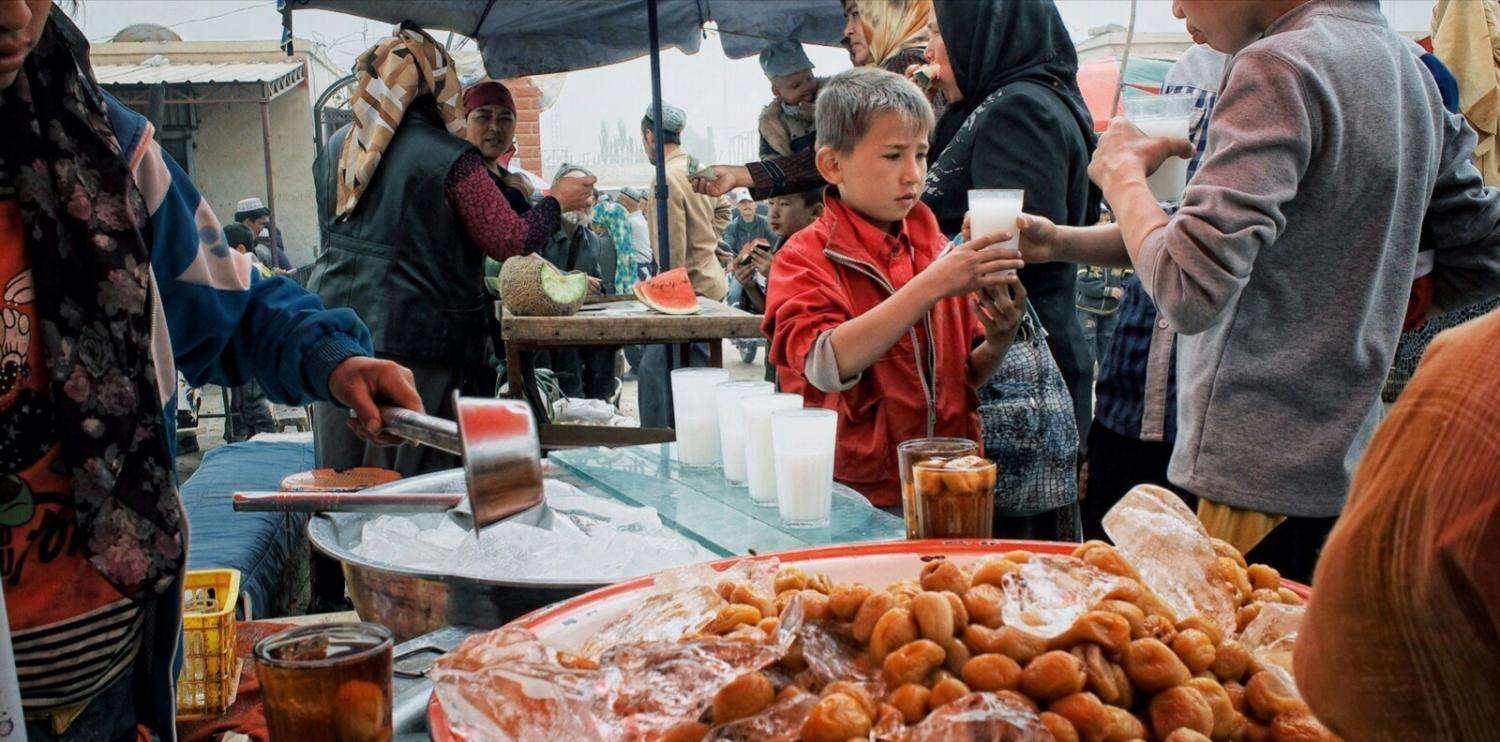
Day 20 Yechen – Kashgar (244km)
Kashgar Old City: The old city is a traditional Islamic city, though much of it has sadly now been destroyed by the Chinese. The huge Id Kah Mosque, the largest mosque in China, is located in the heart of the city.
Day 21 Kashgar
Live stock Bazzar: Kashgar Sunday Bazaar is renowned as the biggest market in Central Asia; a pivotal trading point along the Silk Road.
Free time in the afternoon and explore this city by yourself.
Day 22 Departure from Kashgar
-
DepartureLhasa
-
Departure Timeup to you
-
Return Timeup to you
Similar Tours
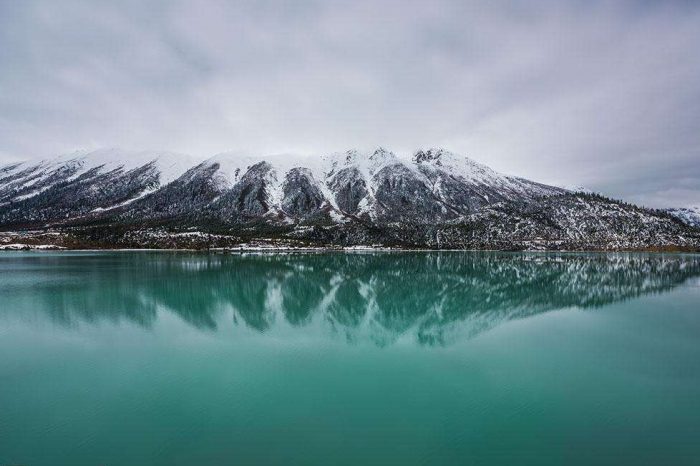
Overland Nepal-China-Laos Driving Road Trip
Overland Driving (Nepal)-China-(Laos) Road Trip, china overland self drive tour, self drive through china, cross china with your vehicle, driving/riding to china
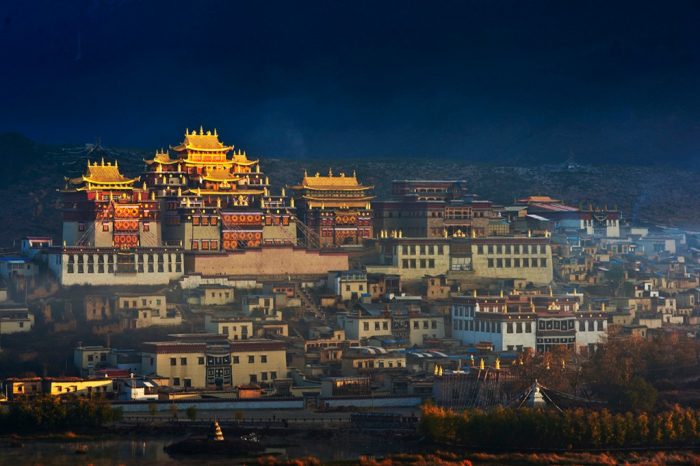
Lost Horizon: Self-drive with rental car for clues to real Shangri-La
Overland from chengdu to lijiang or dali via great Shangri-La area


